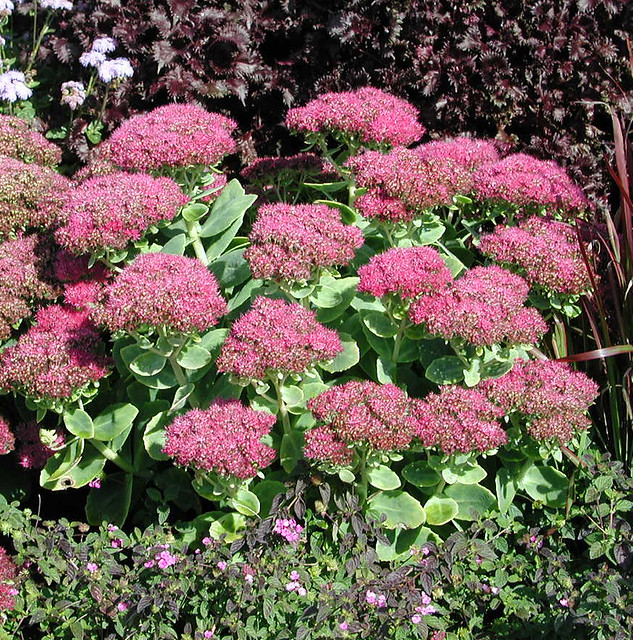Resource Library
Plant of the Week: Live Forever Plants
I’m on my way to a funeral of a niece who died too young. Such events stir the emotions and make us ponder the transitory nature of life, especially our own. Such musings lead me to consider plants with the common name of “live forever” plants.
That life is fleeting is obvious to all gardeners. We have all observed in our own gardens that some plants are much more persistent than others. The reasons for the wimpiness of some plants are innumerable, while the ability of others to hang on and even thrive are easy to quantify. The survivors – including the ones called “live forever” plants – are adaptable.
The stressors that do plants in include all the usual suspects: temperature, light, water, nutrition, aeration, and an endless list of pests. Plants gardeners know as tough survivors have the adaptability to tolerate wide variation in each of the environmental parameters listed above while difficult to grow species have narrow – you might even say tunnel vision – when it comes to their environmental requirements.
In my garden I grow an ugly clump of the old-fashioned fall flowering sedum (now called Hylotelephium spectabile) that came from atop my grandmother’s storm shelter out in Oklahoma. It, and several of its closely related species, are sometimes called live forever plants because they are tough survivors. In a parched, sunny location these Chinese plants survive about anything Mother Nature can throw their way. But, even this almost indestructible plant will wither away if trees grow too large and cast too much shade.
Hens-and-chicks (Sempervivum sp.) is also sometimes called a live forever plant. Both this plant and the fall flowering sedum are members of the Crassulaceae plant family, a group of plants well adapted to drought prone regions. Because hens-and-chicks have detachable rosettes that allow for natural vegetative regeneration, they also deserve the moniker of live forever.
Drought is a major environmental stressor for most garden plants, but these two plants have that covered because their succulent leaves store water reserves. But they also have another trick they use – they tolerate wet soils better than most plants with extreme drought tolerance. This wide range of adaptability provides cover for them when grown in winter-wet, summer-dry regions where so many of us garden.
These live forever plants are easy to grow in sunny sites with any reasonable soil. But be realistic in your care. Hens-and-chicks needs to be fertilized occasionally to keep them growing and old clumps of sedum need division every few years as the plants mine all available nutrients from the soil where they grow. Many tough garden plants, even though they don’t wear the name, will almost live forever if you watch over them and give them the little care they need.
For more information about horticulture or to see other Plant of the Week columns, visit Extension’s Website, www.uaex.uada.edu, or contact your county extension agent. The Cooperative Extension Service is part of the U of A Division of Agriculture.
